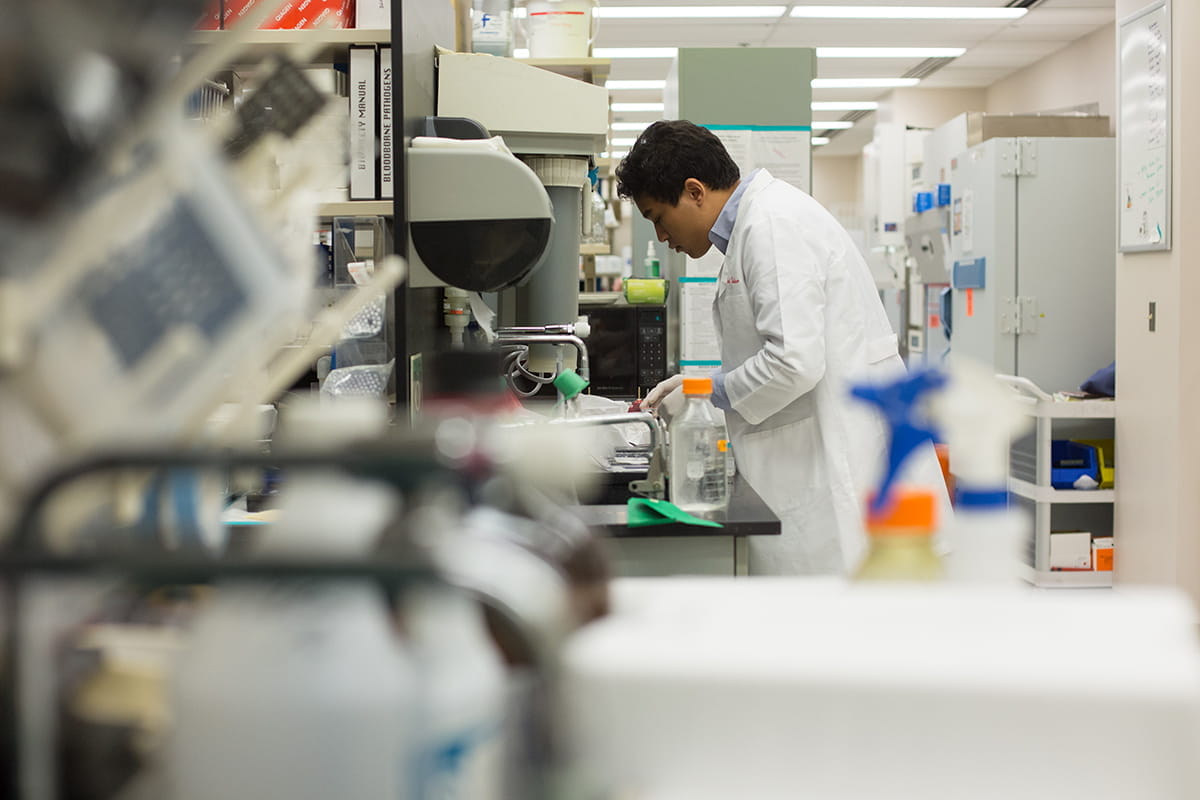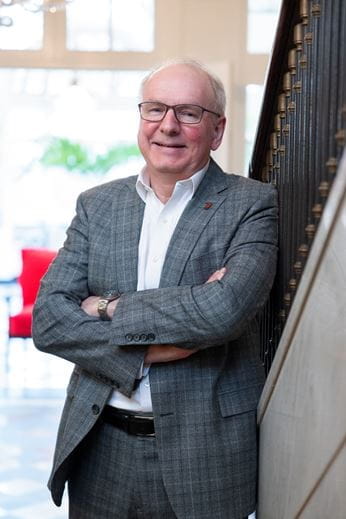In 2008, the Indiana Clinical and Translational Sciences Institute (CTSI) was established through funding by the NIH. The Indiana CTSI is a research partnership with Purdue, Notre Dame, and IU to provide infrastructure support for all investigators and build collaborations across the school and the state. These collaborations have also built key partnerships in industry that have helped develop new therapies. “Collaboration is part of the IU culture,” said Sharon Moe, MD, CTSI’s co-director and associate dean for clinical and translational research.
“That’s very different from the cutthroat environments on the East Coast and West Coast,” she said. “Our Hoosier hospitality is a real thing.”
For example, CTSI creates project development teams for researchers composed of faculty with diverse expertise to review their potential project. After that feedback, the researcher can turn to specific research cores for services, including 40 in Indianapolis, to get their project off the ground. The advice is as important as the small pilot funding, with a return on investment of $29 in external funding for every $1 dollar spent in the program.
“The important thing is we discuss with the person on the front end on what they need and direct them to one of our many programs,” Moe said.
Wade Clapp, MD, knows what it’s like to give a hand—and to need one.
Before he became a renowned researcher and head of a program with $23.4 million in grant funding, Clapp was a young scientist who needed help just to understand some of the basic terminology.
A fellow at Case Western Reserve University, he’d been told to bring a lab notebook, with its grid lines for computations and scale drawings. Instead, he showed up with one of those English composition books with the marble cover. Great for journaling. Less helpful in a lab. His mentor was not pleased. “He looked at me like I was a hayseed from Indiana and pretty much told me the same thing,” Clapp said.
Once he arrived at IU in 1991, Clapp found a more empathetic mentor, working on a project with Hal Broxmeyer, PhD. At meetings and informal chats, Clapp soaked up everything he could from Broxmeyer and others with more experience. And he saw how distinguished faculty operate. “You learn how to do deep and impactful science,” he said.
That culture of mentoring at the School of Medicine is manifested in different ways. Some faculty members are working with colleagues in their own departments—coaching them, helping with their presentations and troubleshooting proposals, making it possible for some investigators to land their first research grants—some multimillion dollar awards.
Apostolova helps other young researchers at IU and elsewhere as a researcher mentor. From there, she advises them on career growth and navigating the academic environment. Often, she finds, the exchange is two ways: “My mentees are sometimes my mentors, too,” she said. “There’s so much we learn and it’s not always unidirectional.”
For all the work that has gone into doubling the school’s NIH awards, the numbers have real world implications, particularly in recruiting faculty and students. “People look at where you fall,” said Tatiana Foroud, PhD, executive associate dean for research affairs.
“People want to be at a place known for its success. When you have great talent, it helps our ecosystem in Indiana.”
The research expansion has been broad based, with departments across the school increasing their NIH grant funding. Pediatrics moved from 13th to 6th in NIH funding among departments of pediatrics and Medical and Molecular Genetics is now ranked 6th as well. Obstetrics and Gynecology improved from 40th to 21st in NIH funding. All told, the school has been awarded more than 2,000 (R01) project grants in the last decade worth more than $795 million.
Ultimately, though, research—and research funding—is about discoveries that can make a difference in the lives of patients. As Hess said: “We’re teaching people to do more than practice status quo medicine. For our researchers, it’s not about the grants. It’s about having an impact on people’s lives.”
Matthew Harris contributed reporting to this story.

